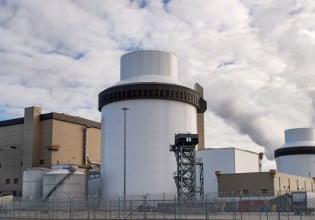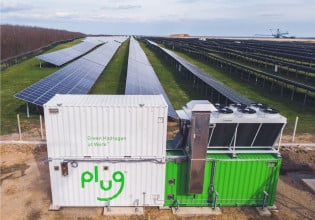Energy harvesting has emerged onto the power electronics scene and has offered increased revenue to companies that got in on the ground floor. Darnell Group’s third-edition report of "Energy Harvesting Technologies and Energy Storage: Worldwide Forecasts," provides a detailed road map for the growth of this emerging market for the next five years. Energy harvesting is an opportunistic technology that is being implemented in niche segments that have "environmental" challenges. If taken cumulatively over each year of the forecast period, worldwide sales of energy harvesting nodes will result in 630.5 million units being sold between 2010 and 2015.
This is the only report available that provides comprehensive unit sales forecasts for this important emerging market segment. This 72-page report includes 49 illustrations (28 tables, 17 graphs and 4 figures) to provide the detailed quantitative data needed to understand this diverse market. Regional (Asia, Europe and North America) as well as worldwide forecasts are provided for various energy harvesting technologies and for related energy storage technologies (such as thin-film batteries). In every case, numerous application sub-segments are included to provide the richness of analysis that the global industry has come to expect from Darnell reports.
"Our third-generation analysis is based on nearly 1,000 application and technology sub-segments, which were quantitatively analyzed to produce the detailed forecasts," observed Linnea Brush, Senior Analyst with Darnell and the report’s author. "Other so-called forecasts for this market provide only top-level aggregate monetary sales, without resolution into the individual application segments. Darnell’s analysis provides detailed unit sales forecasts for dozens of specific market opportunities."
The growth of energy harvesting technologies parallels the growth of wireless sensor network (WSN) and wireless control systems in general. Such systems have had a slow but steady evolution, and there are currently hundreds of vendors in the WSN market. The market is set to take off. Darnell has been following the energy harvesting and thin-film battery markets for nearly five years. Surprisingly, "pure" energy harvesting implementations (those that use no battery) are still rare, especially considering that these solutions were originally touted for installations where batteries were "problematic." In fact, primary batteries are still used occasionally as back-up power in certain energy harvesting applications, which are discussed in the report. The big winner in the energy harvesting energy storage race is rechargeable batteries, including thin-film batteries. RFID, along with HVAC and lighting for building automation are expected to account for 94% of the rechargeable battery potion of the energy storage market for energy harvesting.
The analysis also revealed that some major shifts are occurring in terms of technology. Currently, photovoltaic solutions dominate the energy harvesting market, although these are not the ones that dominate the news reports. Most of the hype around energy harvesting involves kinetic and thermal energy harvesting solutions. But building automation – one of the largest applications – accounts for nearly 66% of the photovoltaics portion of this market in 2010. Mechanical vibration/piezoelectric technologies will eventually catch up, although thermoelectric technology is still too expensive to realistically challenge photovoltaic and mechanical solutions for the next five years or longer.
Complete information on the Third Edition of "Energy Harvesting Technologies and Energy Storage: Worldwide Forecasts" is available here.






